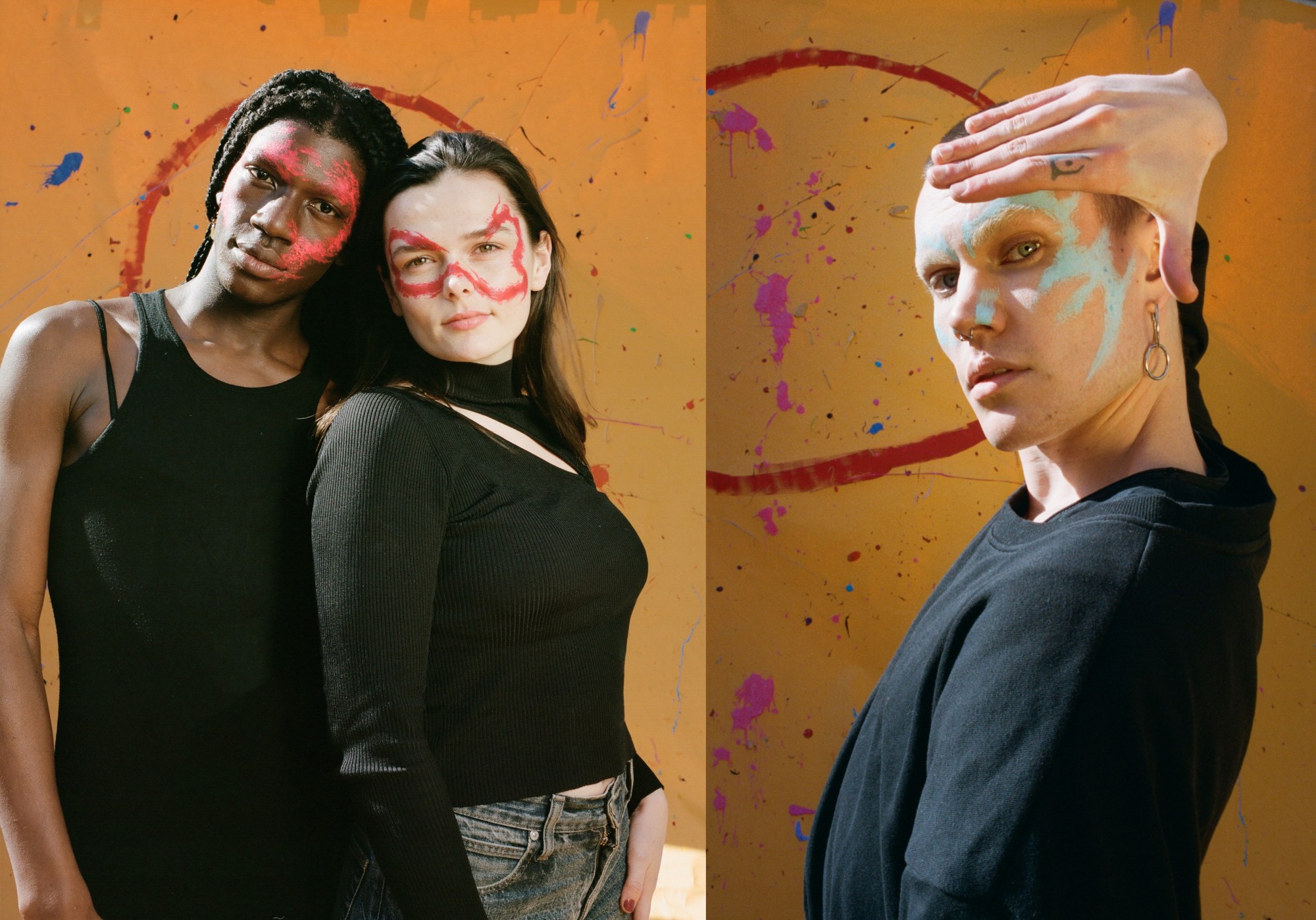When Xoey Fourr was asked to cast a shoot for a major publication at the end of last year she was told there was no budget to pay the models. “They had asked me to source predominantly black trans models,” Xoey explains over the phone. “These are the people who are on the fringes of our queer community, let alone in wider society, so how dare they not even offer to pay them for their time? We can’t stand for this anymore.”
This experience incentivised Xoey to turn her cult London club night WIMP into a modelling agency to make sure trans talent get paid. “The impetus behind WIMP agency was both my own experience modelling and finding so much creative talent through the monthly party. I am a trans woman and the majority of my friends are trans and/or gender non-conforming,” Xoey says. “I realised going to casting calls that my friends were not being paid for their time and creative energy, even when they were in fact the muses for some designers.”

The expectation to do work for free is an industry-wide problem in fashion, but it disproportionately affects QTIPOC. From her own experiences in modelling and casting, Xoey discovered that models signed to agencies generally get paid more than those without representation. Still, many of the models signed to WIMP have had bad experiences with agencies in the past. It’s clear that an agency by and for trans talent is long overdue. “I used to take modelling quite seriously between the ages of 14 and 16 before I transitioned,” says fashion designer Alejandra Muñoz, one of the seven models on WIMP’s original roster. “I got signed with a couple of agencies in Spain and was doing well, but as soon as I started my transition at 16 and started taking hormones I got dropped. They told me there was no market for people like me. Since then, I have kept modelling without an agency. To be honest, I never tried to sign back to one because I thought they would never be interested in signing a trans woman.”
Maxine Heron’s former agency told her that, “I had pigeonholed myself with my ‘life choice decision’ to transition. Needless to say, I left once my contract was up.” After this experience, Maxine was thrilled to hear that Xoey was putting together an agency prioritising trans talent. “It’s great to be a part of something that enables me to be proud of my story,” she says. “I feel like it’ll be a bold step in moving away from the tokenism we face.”

Tokenism is a word that comes up a lot. We are seeing increasing diversity in campaigns and on the runway, but it can still be hard to tell when this is sincere and when it’s just a marketing tool. “When we see another POC, let alone another QTIPOC, in the casting room, we know it’s us vs them because of the tokenistic nature of the industry,” says non-binary writer, creator and model Radam Ridwan. “You can recognise tokenism when the person or business you are working with is unwilling to engage in discussion about the issues faced as a QTIPOC and unwilling to change their approach to inclusion and diversity internally. I was thrilled to sign with an agency focused on trans+ models specifically as I hadn’t seen this before and it is something that I believe is necessary.”
One of WIMP’s key goals is to move past tokenism and catalyse real and lasting industry change. For this reason, Xoey has been signing models organically rather than trying to fill any sort of quota. Most of the models are people she’s met through London’s nightlife where “there’s a whole range of ethnicities and classes and sexualities and genders, so trying to source talent is naturally going to be diverse.”
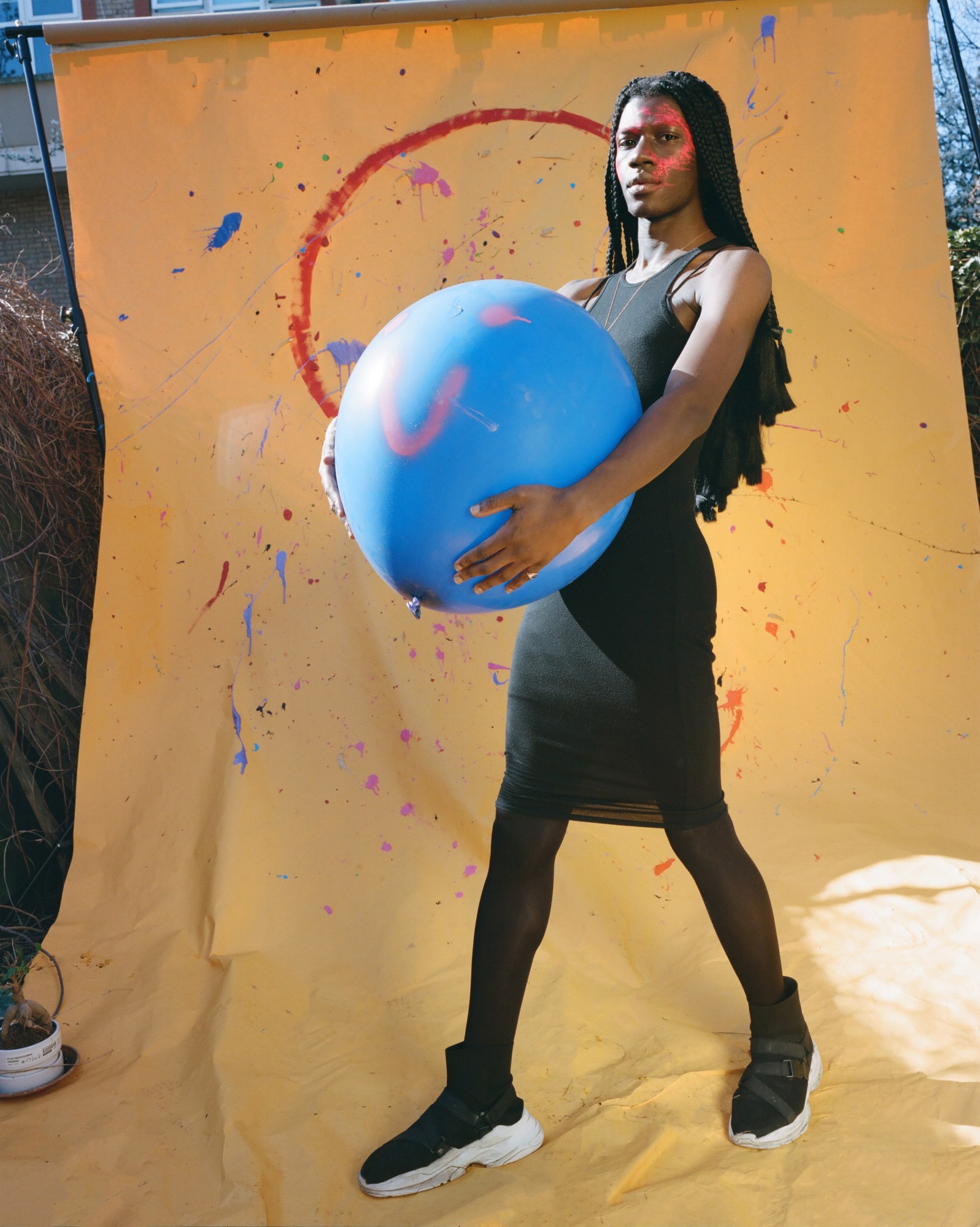
WIMP primarily represents models, but many of these models are multi-hyphenate creatives. The agency’s long-term goal is to help raise the profiles of those signed to it across all disciplines. Representation is just the first step in making positions in creative industries more accessible for trans and non-binary folk. “Fashion, with its huge financial weight, could ameliorate things,” says artist, writer and model Ebun Sodipo, ”but we shouldn’t just stop at representation. The problem isn’t just the industry. It’s the whole entire system. It’s difficult for white institutions, especially bigger ones, not to tokenise the artists they’re working with. My ‘invisible’ value as a black trans body will always be in the frame in these relationships.”
Model and poet Elie Che agrees that representation is just a starting point. “Hire trans and gender nonconforming people in higher positions of power,” they say. “We deserve a seat at the table. Not everyone is a model. There are many people who deserve the opportunity to work behind the scenes for these companies and never get the chance. I want to help in every way I can in making the community I am a part of more free, and to give us the respect we deserve.”
Respect is what it all comes back to. Trans and gender nonconforming models deserve the respect of being paid as much as their cis counterparts. “If you want us, you’ve gotta pay for us,” Xoey concludes. “Now’s the time to put our foot down. We’ve got to set a precedent for change.”
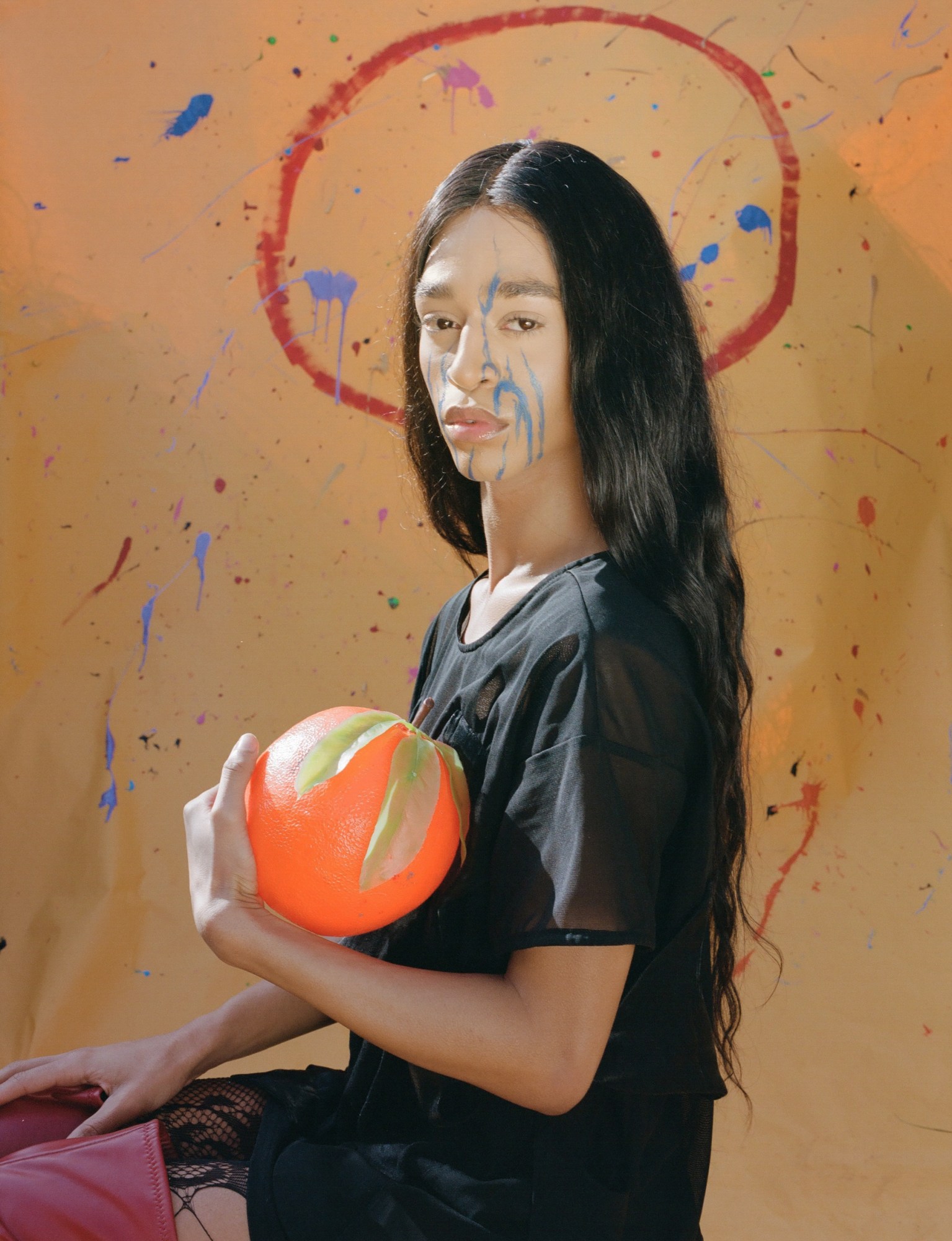

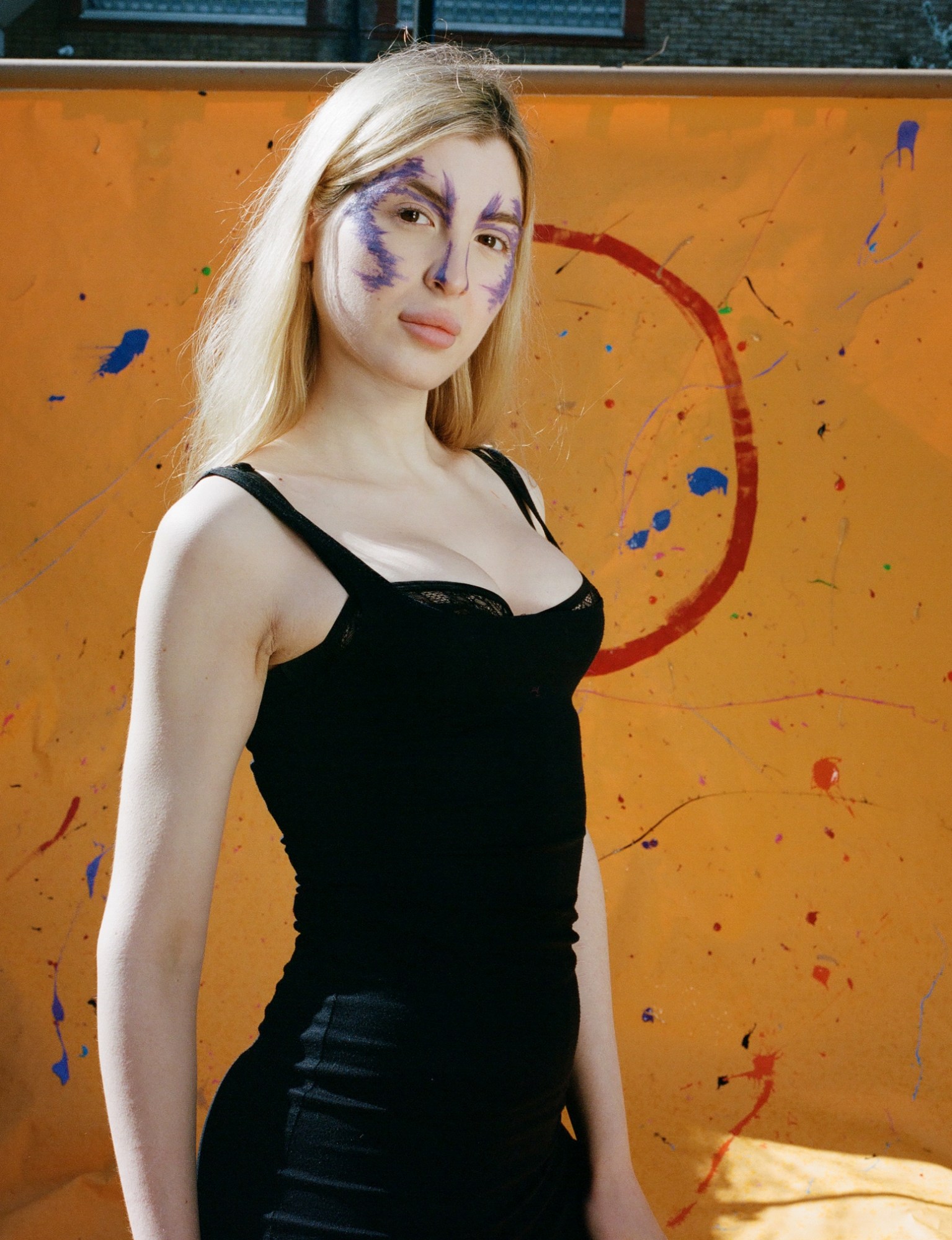
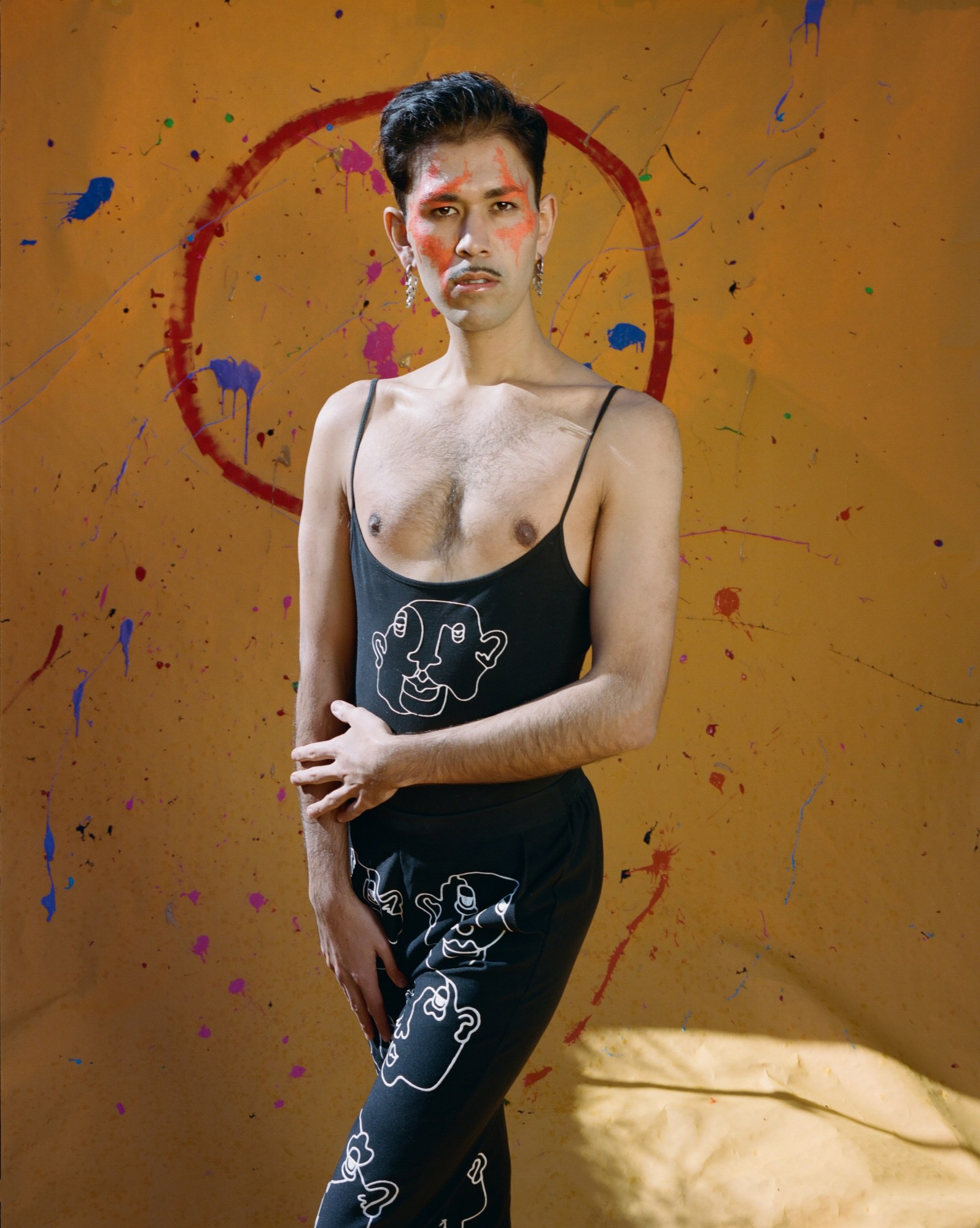
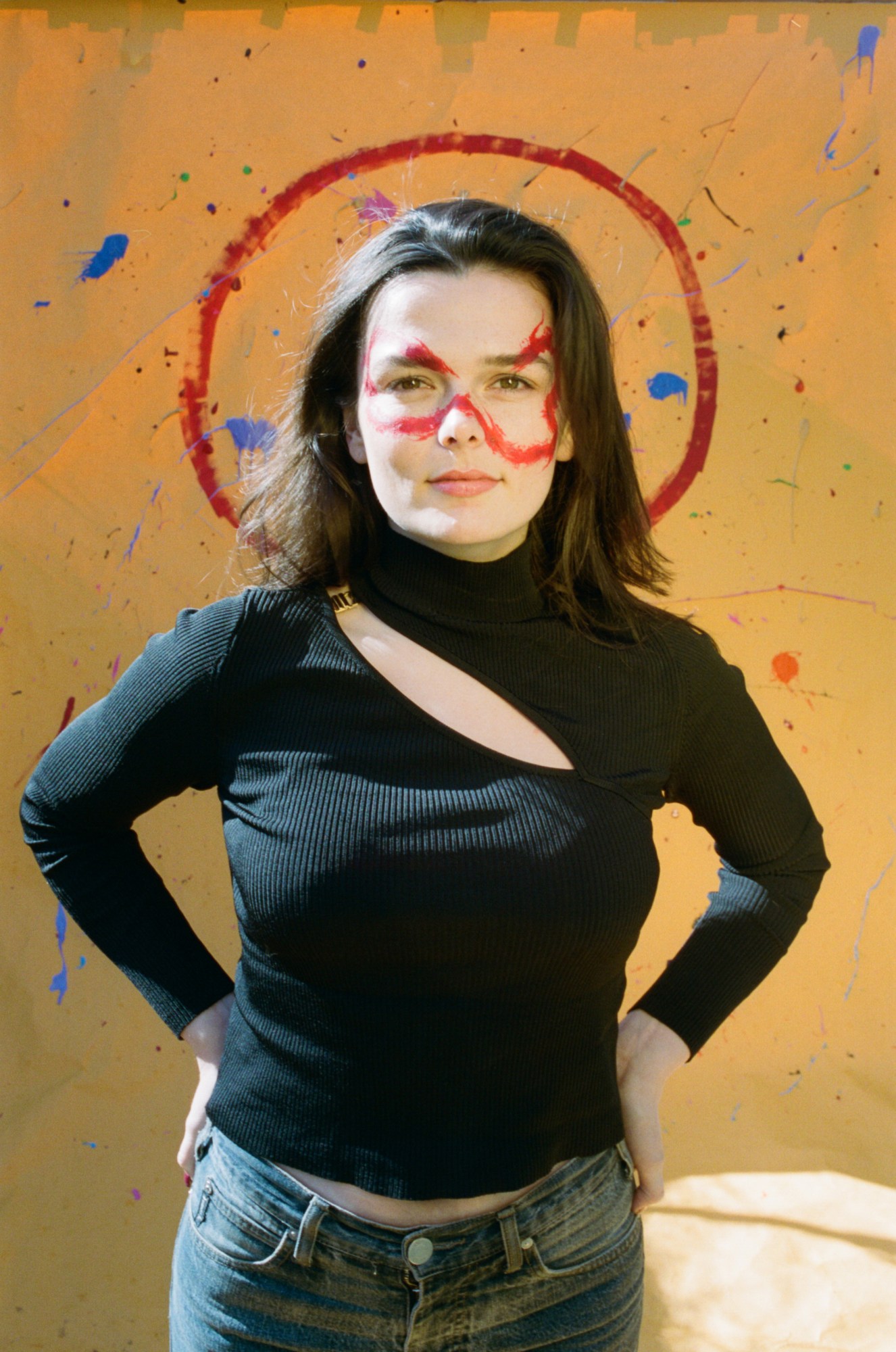
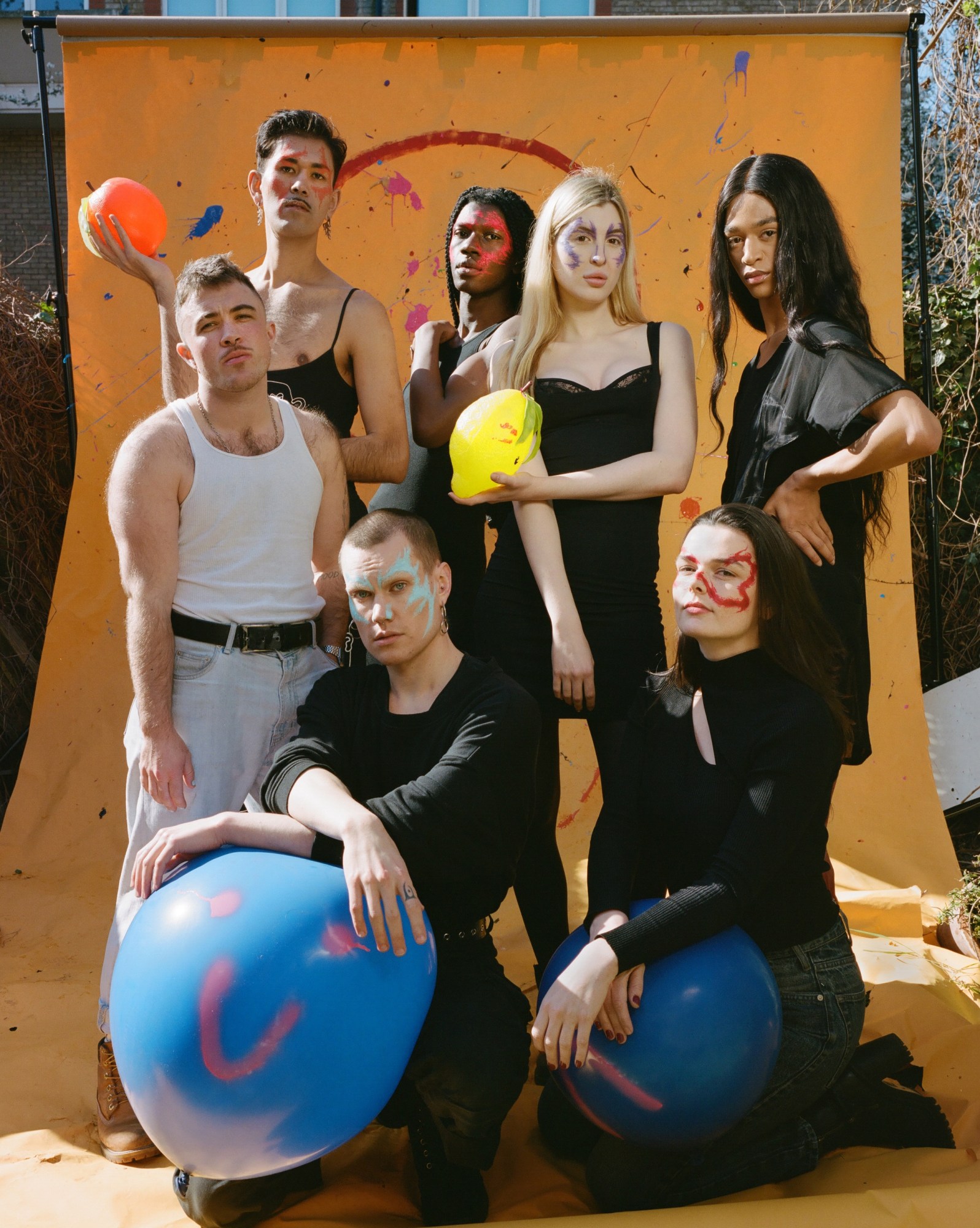
You can get in touch with WIMP at callmeawimp@gmail.com
Credits
Photography Heather Glazzard & Nora Nord
MUA Jayde Coxon
